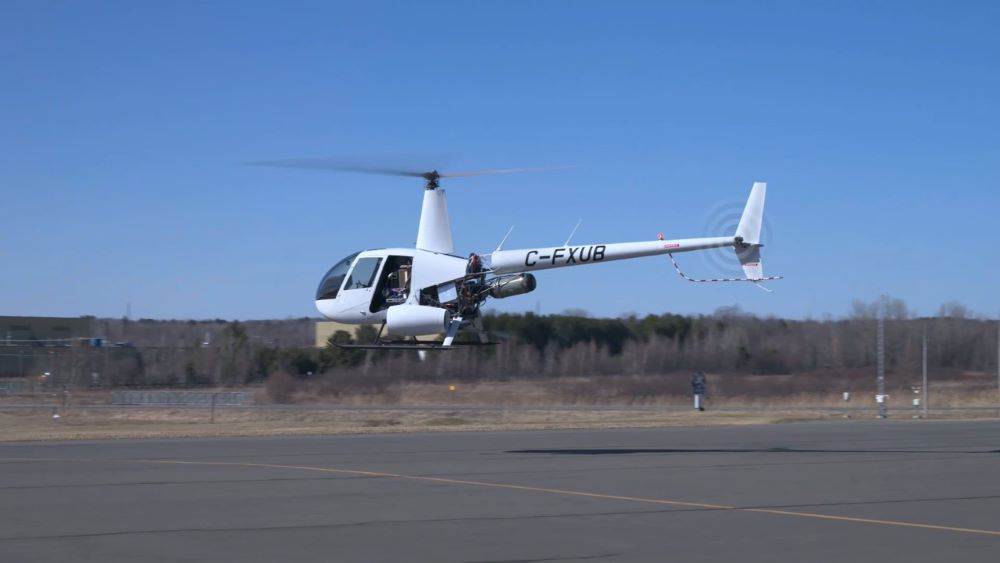Canada's Unither Bioelectronics Achieves Milestone: First Hydrogen-Powered Helicopter Flight
Key Ideas
- Unither Bioelectronics, a subsidiary of United Therapeutics, successfully modified a Robinson R44 helicopter for hydrogen-electric propulsion.
- The helicopter's hydrogen tank is located under the tailboom, with cooling nacelles on either side of the cabin.
- This achievement marks a significant milestone in advancing sustainable aviation technology and reducing carbon emissions.
- The successful flight demonstrates the potential for hydrogen-powered aircraft to play a role in the future of aviation.
Unither Bioelectronics, a subsidiary of United Therapeutics (UT), recently made history by achieving the first flight of a hydrogen-powered helicopter in Canada. The company modified a piston-powered Robinson R44 helicopter to run on hydrogen-electric propulsion using a fuel cell power system. The innovative design includes a hydrogen tank positioned under the tailboom and two cooling nacelles on each side of the cabin.
This groundbreaking accomplishment signifies a major leap forward in sustainable aviation technology and efforts to combat carbon emissions within the aerospace industry. The successful flight showcases the potential for hydrogen-powered aircraft to contribute to a more environmentally friendly future for aviation. Unither's achievement highlights the importance of ongoing advancements in bioelectronics and aviation engineering.
The initiative, led by Unither Bioelectronics, underlines the commitment of companies like United Therapeutics in exploring alternative propulsion systems for aircraft. By demonstrating the feasibility of hydrogen-electric propulsion in helicopters, this milestone opens up new possibilities for the integration of hydrogen technology in different types of aircraft. The successful test flight serves as a significant step towards a more sustainable and eco-friendly aviation sector.
Overall, Unither's successful flight of the hydrogen-powered helicopter not only represents a technological breakthrough but also paves the way for future innovations in sustainable aviation. Through initiatives like this, the aerospace industry continues to push the boundaries of technology, emphasizing the importance of environmental sustainability and reducing the carbon footprint of aviation.
